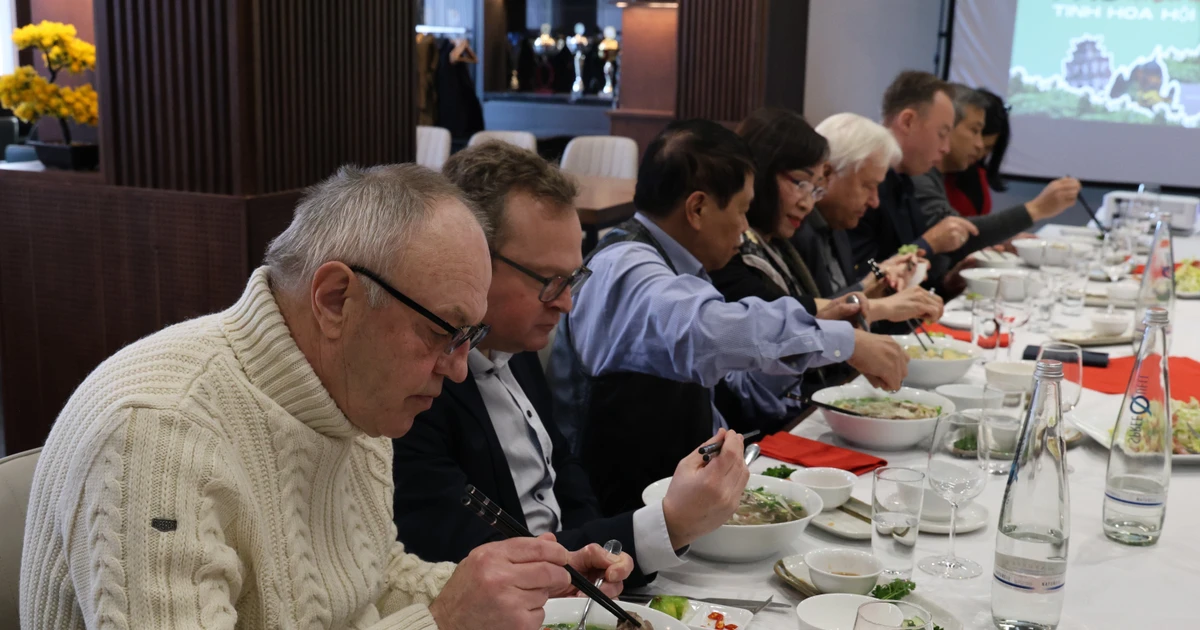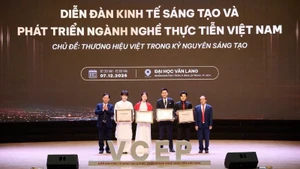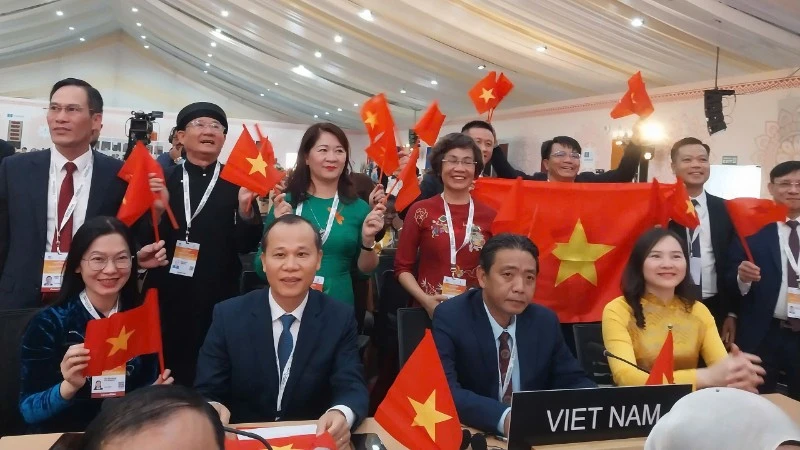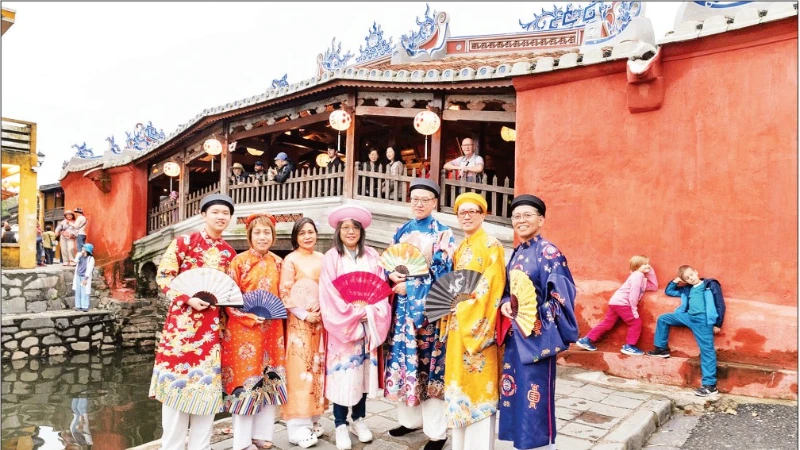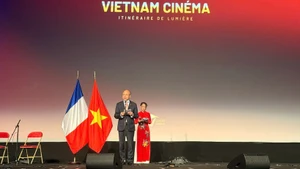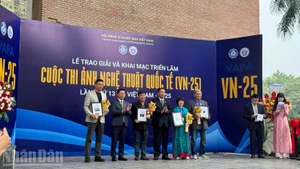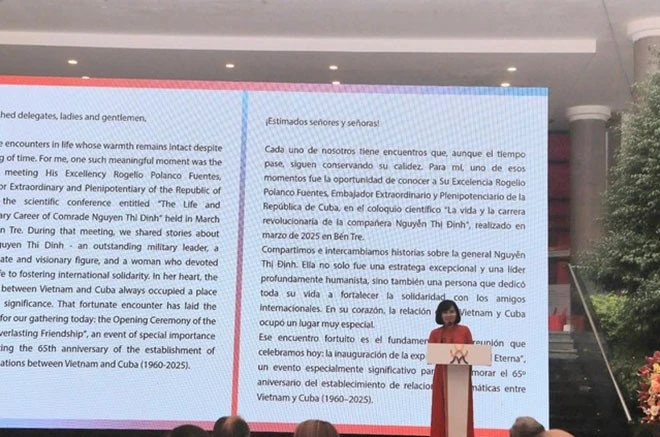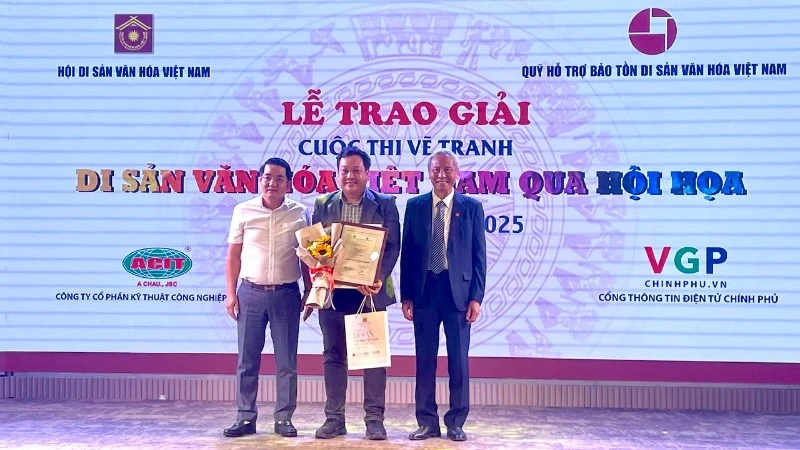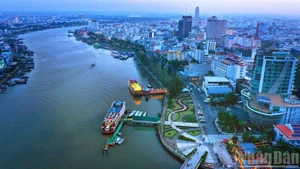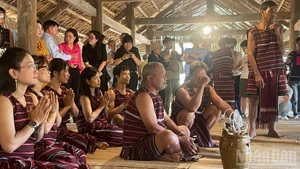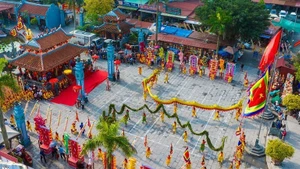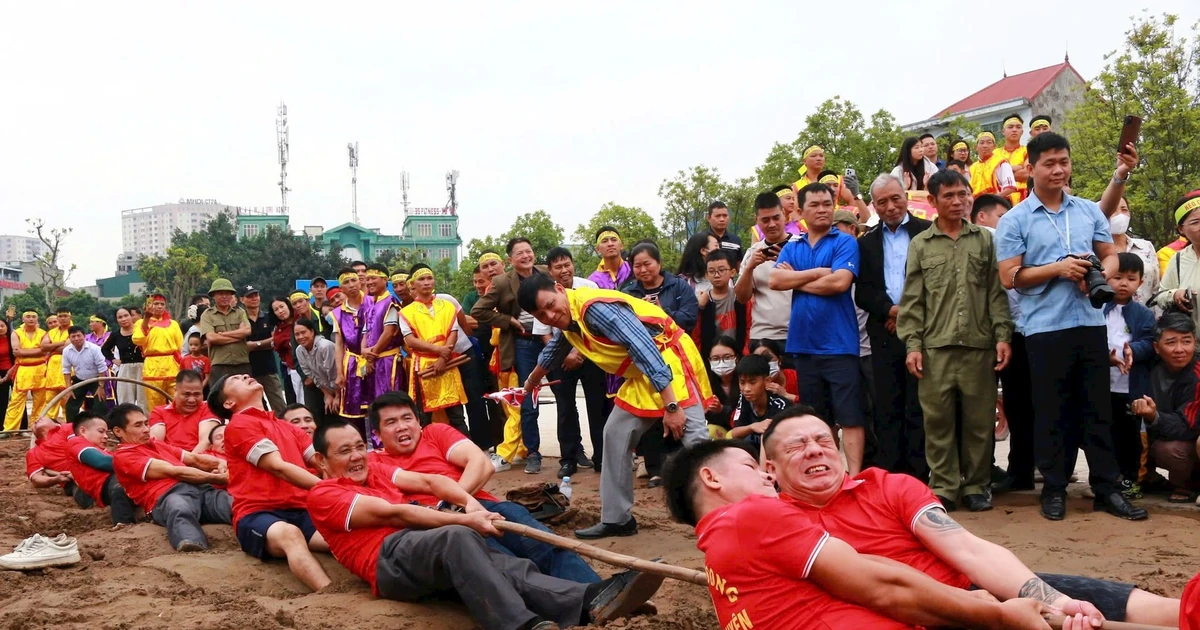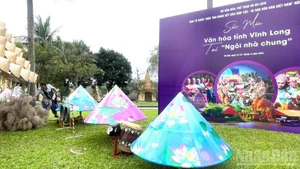In that context, traditional folk cultural and arts clubs have been established and are actively operating, acting as a bridge between the past and the present, awakening the precious heritage of the ancestors. Not only contributing to the building of grassroots cultural life, these folk clubs have also become “golden geese” in tourism development, a source of pride, and inspiration for locals in their work and integration into the global community. Therefore, developing traditional cultural and artistic clubs is one of the best ways to bring local culture into the mainstream of modern life, contributing to today’s shared prosperity.
Heartwarming stories from mountainous villages
Located 1,500 metres above sea level, Sin Suoi Ho is a beautiful H’Mong village in Sin Suoi Ho Commune, Phong Tho District, Lai Chau Province. In H’Mong, “Sin Suoi Ho” means “stream of gold”—a name that evokes images of a peaceful, fertile village.
However, this romantic village was once a hotspot for drug issues. With only around 149 households and more than 700 residents, 80% were opium addicts, and 100% lived in poverty. “For many years, we lived in a village full of social problems and poverty. I felt our future was uncertain and dark—no matter how many generations passed, development seemed impossible,” recalled Mr Hang A Xa, a respected elder of Sin Suoi Ho.
In response, with support from local authorities and community leaders, the fight against “the brown fairy” (a euphemism for drugs) lasted ten years (1995–2005) before Sin Suoi Ho could escape the darkness of addiction.
Coming into the light, many villagers were unsure where to begin. “We revived traditional crafts to provide jobs. Then, to change the village’s face, the government and people worked together to build roads, plant flowers, and establish markets. Now, every market day is a cultural celebration. Art clubs were born, and many customs and traditional festivals were restored. From that, tourism grew, and people’s lives improved dramatically. Currently, average household income is between 100 and 400 million VND per year,” shared Mr Hang A Xa. Today, Sin Suoi Ho is one of the most popular community tourism destinations in Lai Chau. In 2024 alone, it welcomed over 30,000 visitors and generated over 3 billion VND in revenue.
The story of Sin Suoi Ho is a clear example of how developing grassroots culture can become a powerful force for change in the lives of many people and villages.
On December 28, 2021, the Prime Minister approved the implementation programme for the movement “All people unite to build cultural life” for 2021–2026. One of the core aims of this movement is to diversify cultural and sports clubs at the grassroots level, contributing to rural communities that are politically stable, democratic, harmonious, compassionate, rich in ethnic identity, and with a green, clean, beautiful, and safe environment, meeting new rural development criteria.
The movement has not just been launched as a slogan but has been concretised by many localities into practical models that have deeply influenced people’s lives. Nghe An is one of the provinces doing this well. According to the Nghe An Provincial Party Committee Commission on Information, Education and Mass Mobilisation, by the end of 2024, the province had 137 folk singing clubs for Vi and Giam Nghe Tinh, and 104 clubs for ethnic minority folk songs, music, and dances. In total, 241 folk arts clubs are actively operating to meet public cultural and artistic needs.
Mr Le Thai Hung, Vice Chairman of the People’s Committee of Nghia Dan District (Nghe An), stated: “To promote the cultural identity of local ethnic communities, we developed Resolution No. 02 on enhancing the cultural identity of Nghia Dan’s people, adapted to the new development period. As a result, the district now has six district-level gong culture clubs and 36 commune-level folk culture clubs, contributing to the improvement of spiritual life for the people.”
Since the Gong Club of Lung Village was established, the Tho ethnic people (in Nghia Loi Commune, Nghia Dan District) have felt much more joyful. The club not only provides a cultural gathering space but also builds solidarity among the people in preserving and revitalising traditional values. Mr Le Vo Tu, Head of the Lung Village Gong Club, shared: “Our club has 53 core members. In addition to preserving culture, we’ve also created a fund for members to borrow from for economic development. This way, we encourage the community spirit while working together to build a better life.”
Joint efforts needed
Despite their value, not all cultural clubs can sustain long-term operations due to various challenges. Most clubs lack stable funding and suffer from limited youth involvement, a key generation to carry on traditions.
Meritorious artisan Vi Van Sang, of the Kho Mu ethnic group (Nghia Son Commune, Van Chan District, Yen Bai Province), expressed concern: “The Kho Mu folk culture club has enriched our local life. However, we face many difficulties, especially with funding. Members are all low-income farmers, so we can’t keep contributing endlessly. Teaching is even harder without a proper venue. Attracting youth is already a challenge, and the instability discourages them further. Even though we love Kho Mu culture, sometimes we feel helpless.”
To help these folk culture clubs reach their full potential and truly become the backbone of grassroots cultural life, more joint effort is needed from authorities, organisations, and the wider public.
There should be financial support mechanisms for club operations and policies to reward artisans who teach. In addition, practical measures should be researched to maximise the clubs’ role in the new era, such as contributing to tourism. This approach should be expanded to preserve culture and generate income for locals. That, in turn, becomes the driving force and resource for cultural preservation. As long as the sounds of gongs and folk songs echo through the villages, the cultural life of ethnic communities will continue to flourish.

